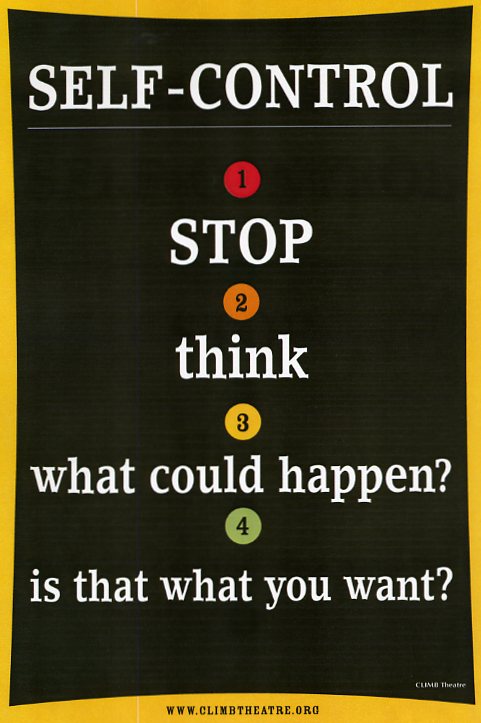Unfortunately, autism effects every child differently, so it is difficult to find the exact treatments your child needs to cope with his or her symptoms. One thing that effects some autistic children (though, not all) is problems with visual perception.

By utilizing some standardized methods to help improve visual perception, you can give your child the ability to see the world more clearly, making learning and comprehension easier and possibly curbing some behavior problems as well. Autistic children mainly have problems with sensory overload and distortion. These are some of the same problems many people not suffering from the disorder develop, and so many treatment options have become available.
Individuals with autism often find, however, that the sensory overload of the world due to light, colors, contrast, shapes, and patterns, is too much to handle, causing them to act out or shut down in general. In some cases, this is believed to be a genetic condition that is simply enhanced by the autism, so if the child's parents have trouble with reading or have been otherwise treated for visual perceptive problems, there is a good chance that the child needs help as well.
The Irene Method is one effective way to treat visual perception disorders. This method uses color to create a more harmonized world. You may have heard of these methods if anyone has ever suggested using a color filter over the page when reading to be able to read better and more quickly. This method is proven to work, and if your autistic child is at the maturity level of reading, you may want to try these color filters to see if there is a difference in speed and comprehension. However, it is more likely that your autistic child will benefit from color filters during the entire day, not just when reading. Special glasses have been made using colored lenses to conquer this problem. Not every child responds the same way to every color, so it is a process of trial and error to find out which color is the one blocking the harmful light.
You can also choose to use colored light bulbs in your home to help autistic individuals with their visual perception problems. This method mainly helps children in 4 areas:
- Depth perception
- Social interaction
- Learning
- Physical well being
The colors help the child determine how far he or she is from an object, and the world becomes more three-dimensional, helping depth perception. Social interaction also improves because the child feels as though he or she is in a calmer world and can more clearly see and interpret facial expressions. The colors make it possible to learn, especially when reading, and overall, the child will feel better, because it helps reduce headaches and dizziness. By testing this technique and others to help visual perception problems, you can help your child better cope with the world and his or her autism.


